‘What is a hill? More specifically-what makes a hill worth climbing?
A hill slopes upwards. Many of them are very good at that.
A hill has a view (if only the mist would clear).
A hill is something distinct.’
Eric Yeaman
The listing of hills falls broadly into three main categories. Traditional or eponymous lists are named after their founder, the person who compiled the list, such as Munros and Wainwrights. Relative lists, such as Marilyns and Simms are prominence based, hills are classified based on their relative height in comparison to the surrounding terrain as opposed to their height above sea level. Hills such as Corbetts and Grahams are a combination of the two, they are named after their founder(s) but also have a relative height definition.
Munros and Munro Tops
Munros are Scottish mountains over 3000 ft/914.4m in height. A Munro Top is a subsidiary top of a Munro, also over 3000ft/914.4m.
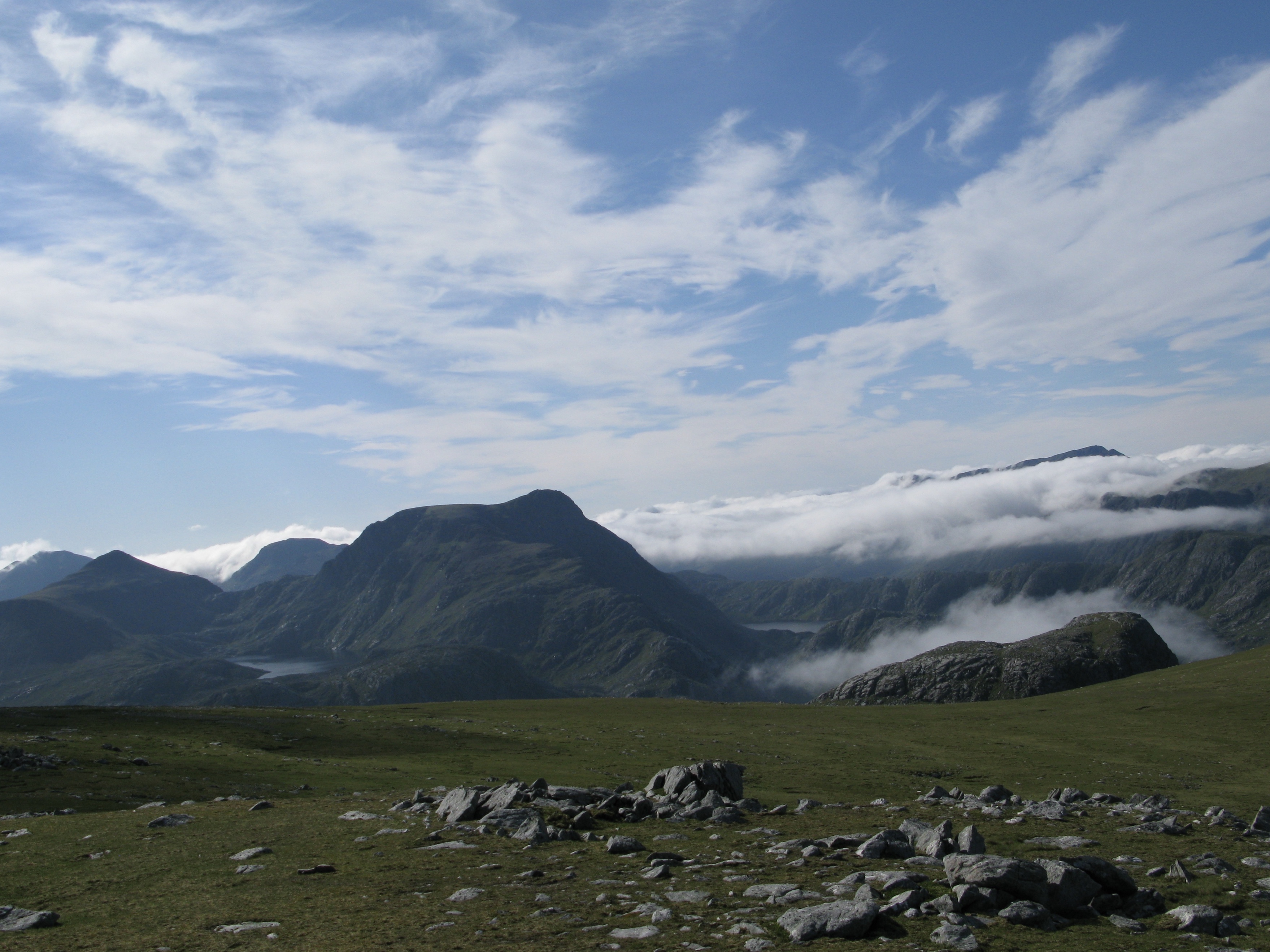
Munros are named after Sir Hugh Munro, who was a founder member of the Scottish Mountaineering Club (SMC), eventually becoming the club’s third President in 1894.
Munro was born in Eaton Place, London in 1856 and was educated at home in Worthing and Charmouth. After an early diplomatic and military career, he settled down to run the family estate of Lindertis near Kirriemuir. He was well travelled, making trips to Europe, Asia, North America and Africa. Although not renowned for his technical climbing ability, Munro was an enthusiastic hillwalker, undertaking long expeditions into the hills, often in winter. His first recorded ascent of a 3000ft mountain was on Ben Lawers in 1879.
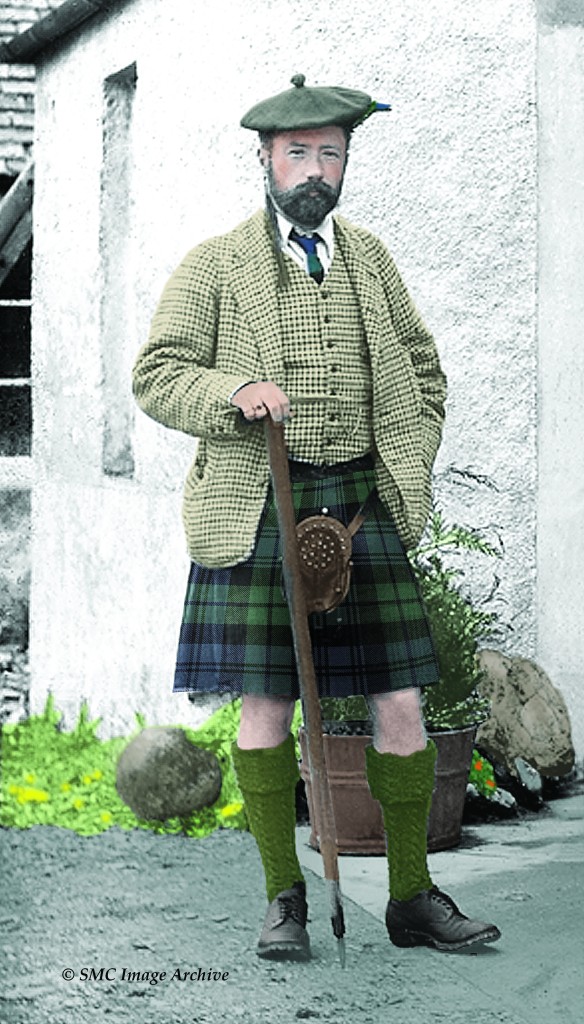
In 1891 Sir Hugh Munro was asked by the SMC to list the mountains in Scotland over 3000ft. His ‘Tables, giving all the Scottish mountains exceeding 3000ft in height’, were first published in SMC Journal No. 6 in 1891. The list comprised 538 hills; 283 separate mountains (Munros) and 255 subsidiary Tops, outliers to the main summits, but still felt by Munro to have significant topographical merit and therefore worthy of inclusion. The list became known as ‘Munro’s Tables’. Munro did not define any objective criteria for classifying Munros and Tops and this has lead to lots of debate over the years. In his notes he wrote ‘the decision as to what are to be considered distinct and separate mountains and what may be counted as Tops, although arrived at after careful consideration, cannot be finally insisted upon’.
Munro regarded the Tables as a single list and was aiming to climb them all prior to his death.
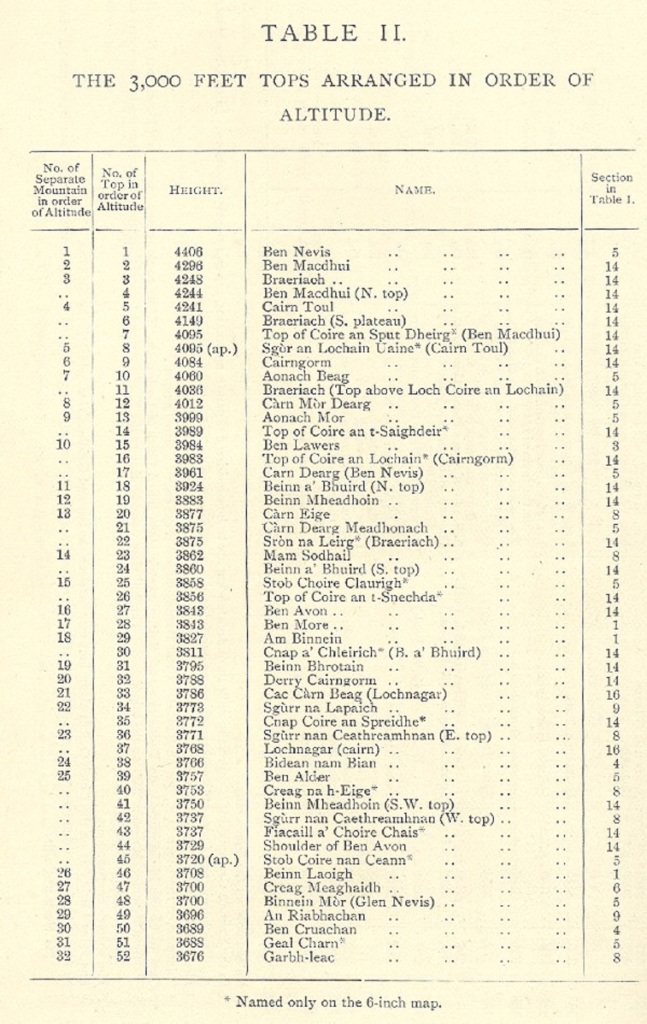
Munro’s Tables are divided into 17 sections based on the natural geography of the Highlands. Munro used Ordnance Survey one-inch to the mile maps, these only showed 250ft contour intervals and six-inch to the mile maps, which showed spot heights but did not include contours. The maps were often inaccurate and incomplete. He also utilised Admiralty charts and an aneroid barometer to measure summit heights. Over the next 20 years Munro worked to refine his list, constantly rechecking data and redefining summits and this tradition has continued, with the list of Munros and Tops being revised in 1921 (based largely on Munro’s own refinements) and again in 1974, 1981, 1984 and 1997. The 1974 edition of Munros Tables was the first to be published in metric units when 3000ft became 914.4m.
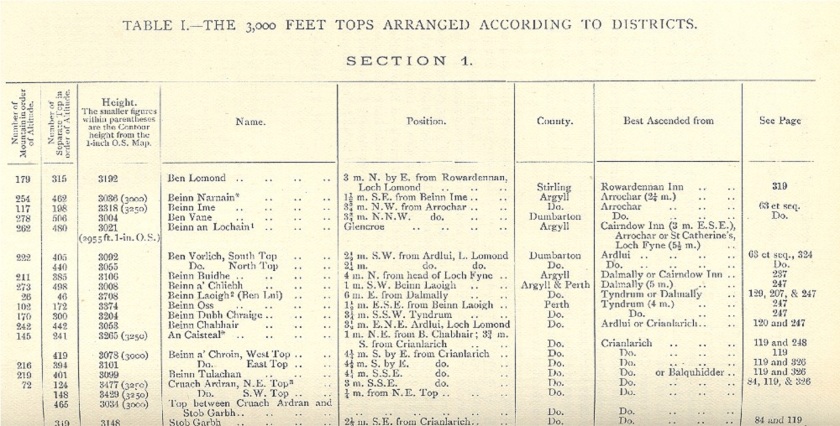
Munro did not manage to climb all the hills on his list. He died on 19th March 1919 at Tarascon, France, during the post-war influenza epidemic whilst running a canteen for Allied forces. He died with three summits still unclimbed.
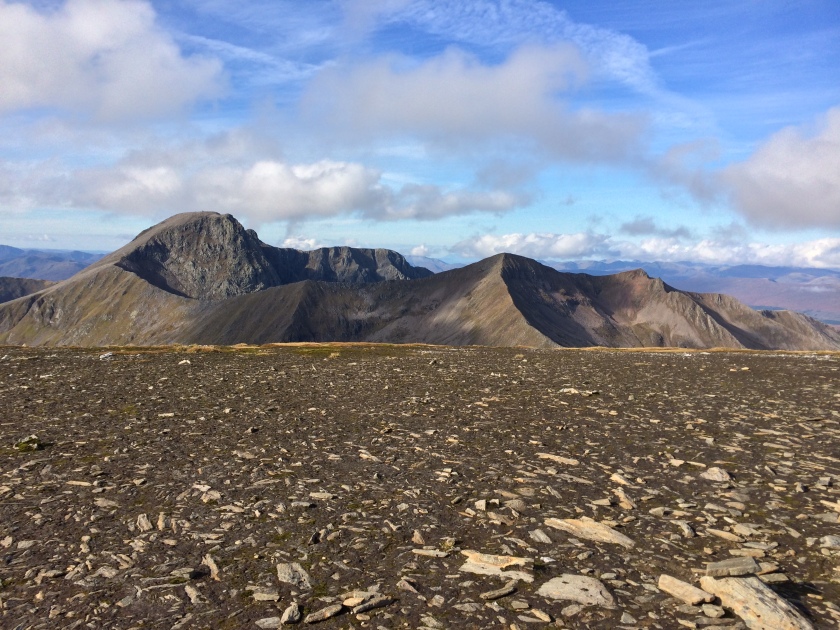
In 1901 the Rev. A. E Robertson became the first person known to have climbed all the Munros, famously kissing the cairn and then his wife, after reaching the summit cairn on Meall Dearg in Glencoe. Robertson sums up the period of 10 years he spent climbing the Munros as, ‘I look back upon the days I have spent in pursuing this quest as among the best spent days of my life’, a sentiment many a modern Munro bagger will relate to.
Another cleric, the Rev. A. R. G Burn, followed in 1923 becoming the second person to climb the Munros and the first to climb the Munro Tops. Mrs Paddy Hirst became the first woman to complete the Munros in 1947.
During the early part of the 20th century hillwalking was the preserve of the professional or privileged classes. Munro and his contemporaries often walked at night to avoid disturbing stalking or grouse shooting activities. Early pioneers such as Munro, Robertson and Burn walked exceptional distances, often on multi-day, cross country trips. They stopped overnight with families living in remote glens and relied heavily on the goodwill of Highland folk to put them up and feed them. They made extensive use of the rail network and mail buses and Robertson sometimes used a bicycle to reach remote hills.
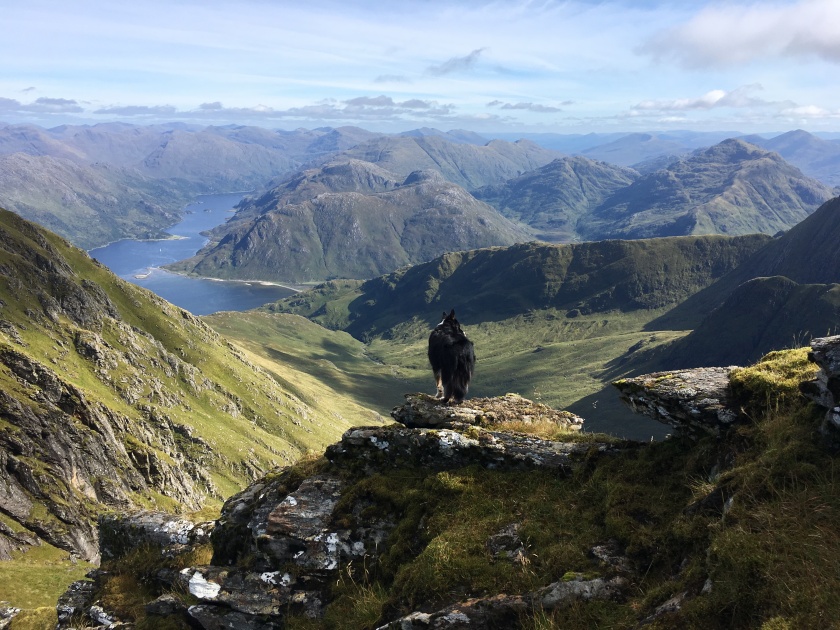
When a person has climbed the 282 Munro summits listed in Munro’s Tables they are said to have ‘completed’ or ‘compleated’ the Munros. A person who has completed the Munros is known as a Munroist and the SMC maintain a list of all those who register their completion. Between 1960 and 1971, Eric Maxwell began to compile a list of people known to have climbed the Munros (Munroists) and Munro Tops (Toppers). Maxwell stated that it was ‘important to make some distinction between the Munroists and the Toppers. It is clear that the Topper does about twice as much as the Munroist and sees twice as much. In some cases, such as An Teallach, he gains immeasurably, and although a few Tops are admittedly as dull as ditchwater, he gathers a much more detailed knowledge of the hills and at the same time has much more enjoyment’. An argument, if ever one was needed, that climbing the Tops as well as the Munros is a worthwhile undertaking.
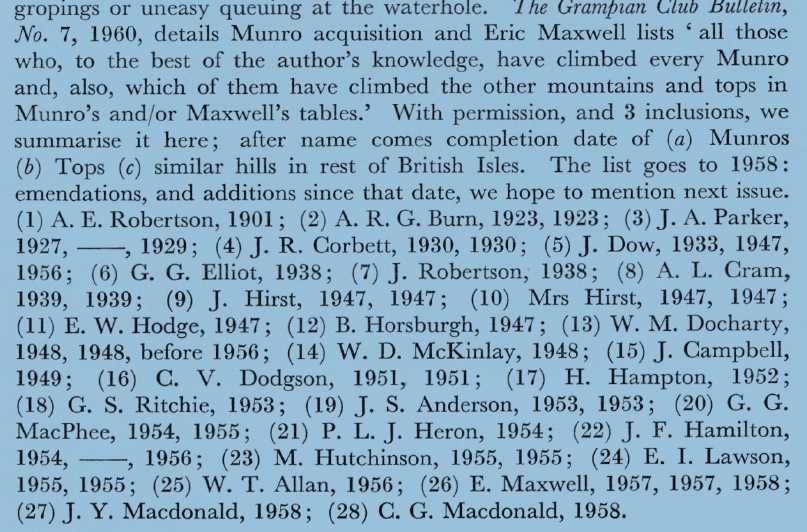
Maxwell’s list was originally published in the Grampian Club Bulletin and the SMC took over management of the list once the number of registered Munroists reached 100. The list of completers is available on the SMC website Scottish Mountaineering Club (smc.org.uk)
The list of Munros is maintained by the Scottish Mountaineering Club and following a recent flurry of surveying activity, the total now stands at 282 Munros and 226 Tops.
Corbetts
John Rooke Corbett compiled his eponymous list during the 1920s.
A Corbett is defined as a hill between 2500ft/762m and 3000ft/914.4m in height with a drop of at least 500ft/152.4m between each hill and any adjacent higher one. Although Corbett himself didn’t specify this criterion, it was inferred latterly by John Dow.
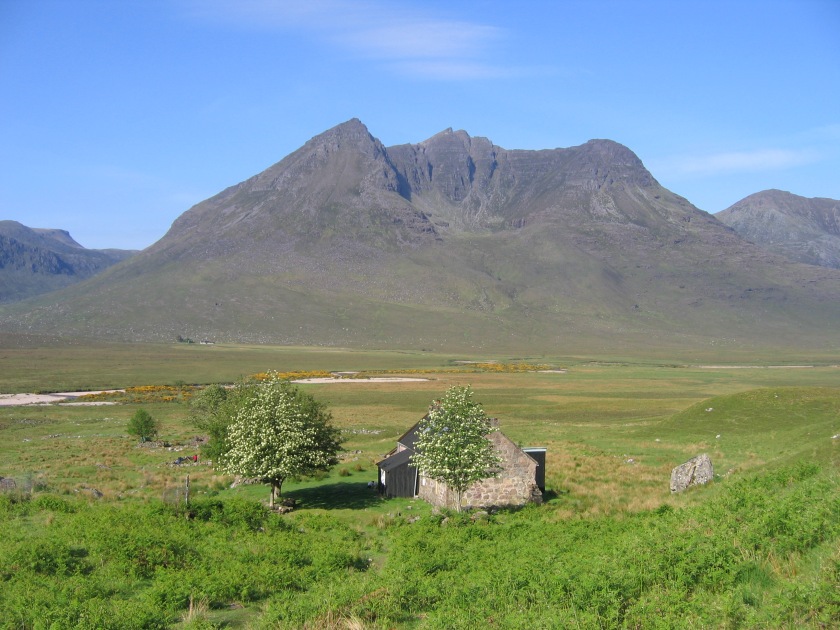
Corbett was born in 1877, he worked as a district valuer in Bristol and was a founder member of The Rucksack Club. He was a member of the SMC and in 1930 he became the fourth person, and first Englishman, to complete the Munros. Corbett’s list was not published until after his death, when his sister passed the list on to the SMC. In 1939 John Rooke Corbett became the first person to have climbed all the hills on his list and was therefore, the first recorded Corbetteer.
Corbett also listed hills in England and Wales, but since its adoption by the SMC, the Corbetts are regarded as a Scottish list.
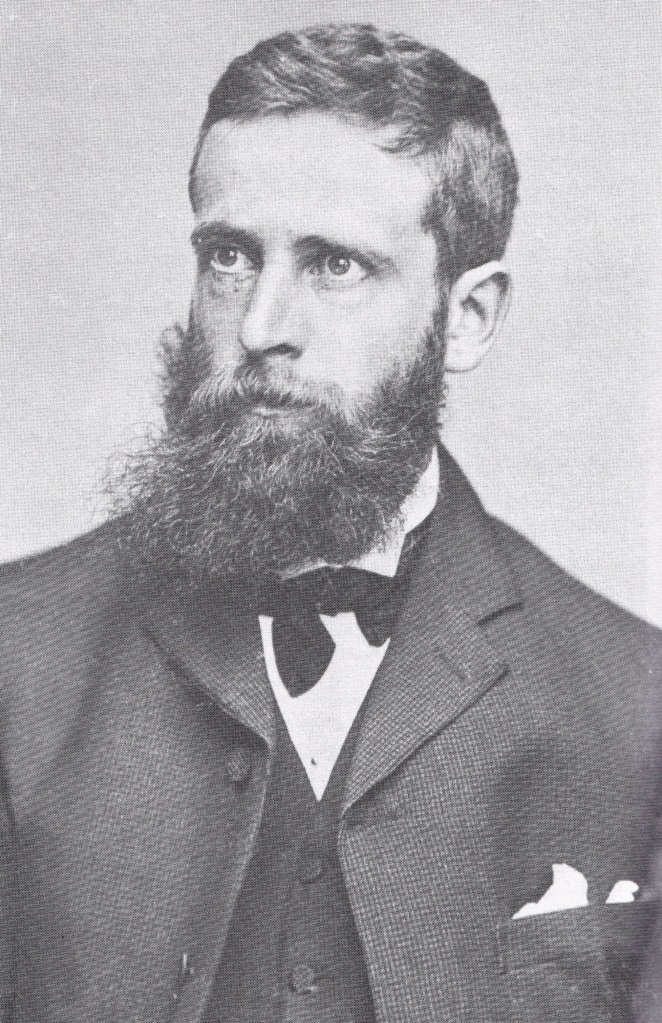
The designated drop between each Corbett makes them a much more clearly defined list than Munros and ensures that they are quite distinct hills. The list has changed over the years as a result of resurveying by the Ordnance Survey and The Munro Society and now contains 222 Corbetts.
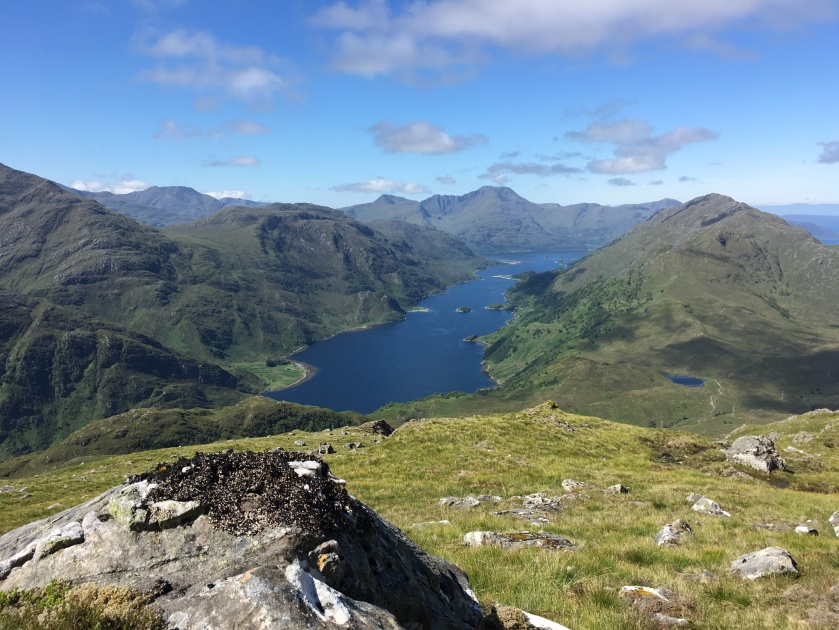
It is wrong to think of Corbetts as ‘lesser’ hills, giving shorter or easier walks than the Munros, many walks are long, remote and over pathless demanding terrain. The drop criterion means that there are very few instances where three or four can be combined in long traverses as is the case with Munros.
Grahams
A Graham is a hill between 2000ft/609.6m and 2500ft/762m with a drop of 150m or more on all sides. The list was updated by Alan Dawson 2022 and now includes 231 hills between 1968ft/600m and 2500ft/762m.
The list was first published by Alan Dawson in ‘The Relative Hills of Britain’ in 1992. Fiona Torbet (nee Graham) also published a similar list later in 1992, she compiled the list whilst recovering in hospital after a skiing accident. Torbet’s list had a vague definition, it contained a defined drop criterion of 150m or the highest point for ‘about two miles’ and did not include any hills south of the Highland boundary fault. The two lists were combined, refined and defined by Torbet and Dawson and became known as the Grahams.
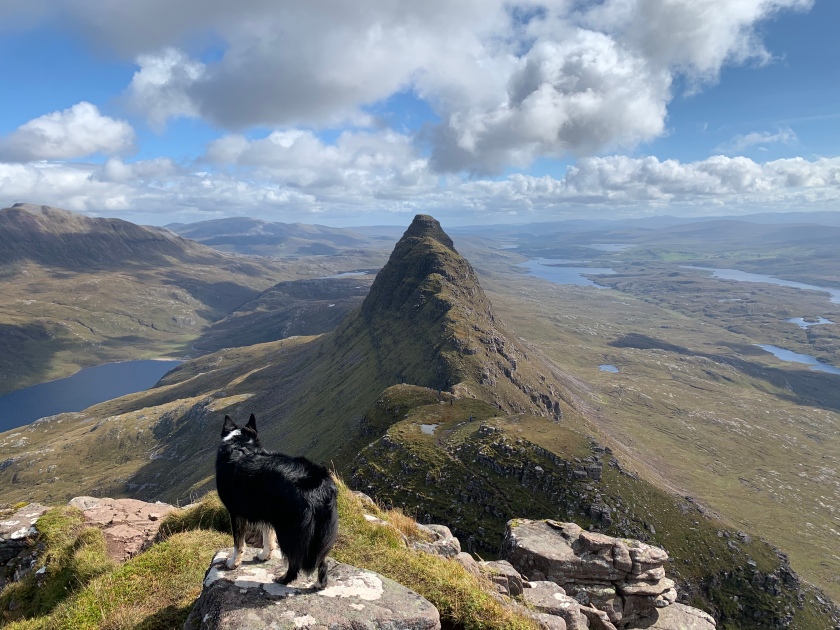
Alan Dawson was born in Liverpool and didn’t start climbing mountains until he was in his 30’s as there was no history of hillwalking in his family. Dawson trained as a cartographer with the Ordnance Survey where he drew plenty of maps of hills but didn’t actually climb any.
After finding books on the Welsh 3000ft mountains, the 2000ft hills of England and Wales and the Munros, Dawson started to use a database to store lists, dates and notes and states that ‘bagging gave purpose to my life, offering the highest highs and the lowest lows, with an unpredictability that was both pleasing and infuriating’. As he started studying hill lists more closely, Dawson began to find anomalies and omissions and realised that there was scope for improving the existing lists and began to work on a new type of hill list based on relative heights which would eventually become the Marilyns.
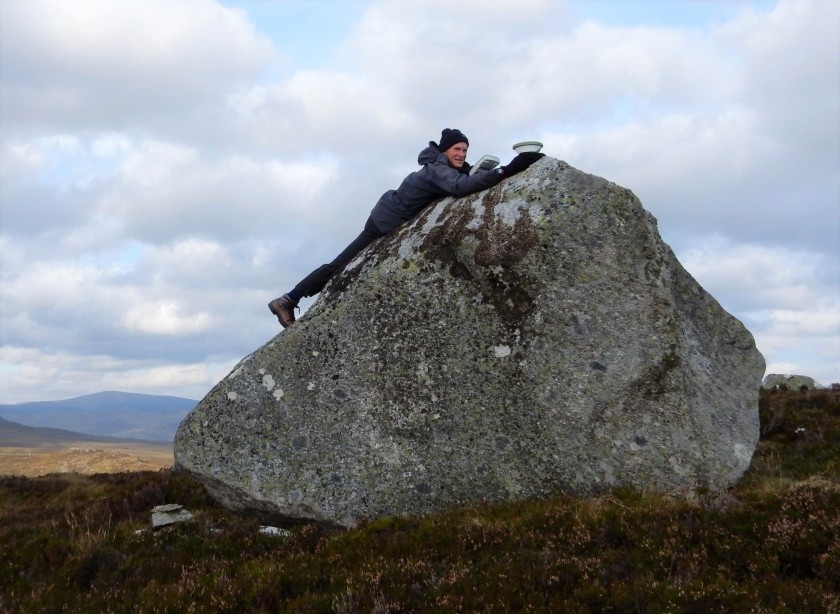
Fiona Torbet was a trained musician, a keen sailor, hillwalker and environmental campaigner. In 1993 Fiona Torbet went missing whilst on a hillwalking holiday in Kintail and her body was found a year later. She had been murdered by the owner’s son whilst staying in their B&B and was buried in the garden.
After Torbet and Dawson combined and rationalised their separate lists they became known as the Grahams (Fiona Torbet’s maiden name was Graham. Alan Dawson felt that having a list of Corbetts and Torbets would prove rather confusing). The official Grahams list is maintained by Alan Dawson and there are currently 231 hills on the Graham list.
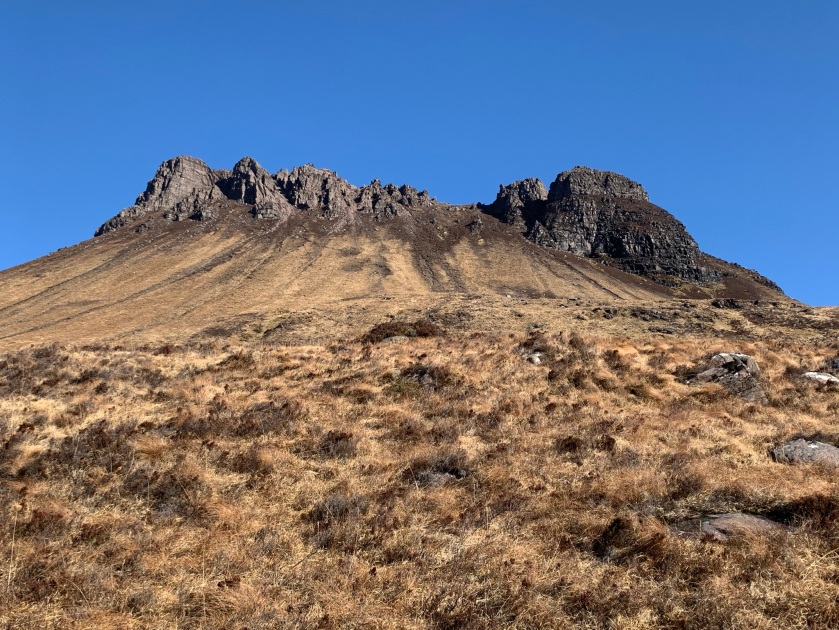
The majority of Grahams do not have defined paths and the highly vegetated terrain can be particularly challenging, it is unusual to meet other walkers on most of the Grahams and the lower elevation often provides some of the best views of their larger neighbours.
Donalds
Percy Donald’s regional list of ‘Tables Giving All Hills in the Scottish Lowlands 2000ft in Height or Above’ was first published in the SMC journal in 1935. Whilst compiling the Tables, Donald climbed every hill in the Scottish Lowlands over 2000ft/609.6m during a 5 month period beginning in December 1932. He used mainly public transport and walked alone, climbing all the hills wearing a kilt.
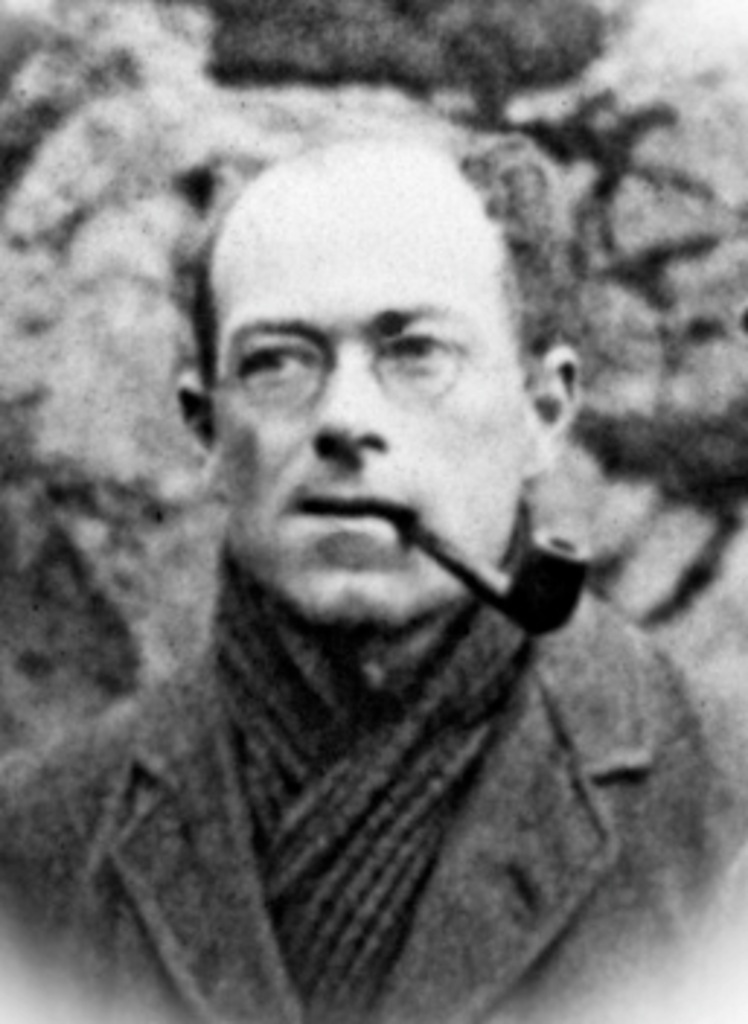
Donald worked as an engineer in Edinburgh, Egypt, and Dumbarton and joined the SMC in 1922 where he served as Slide Custodian for 4 years, during this time he labelled each slide and catalogued the whole collection. Percy Donald died whilst hillwalking alone in the hills, he was found drowned in a pool below the Eas nam Bealach waterfall on the Allt Coralan in the hills south-east of Auch. S.M.C. Vice-President Sandy Harrison’s obituary for Donald contained the elegant insult ‘few people who dealt with him could have remained indifferent to him’.
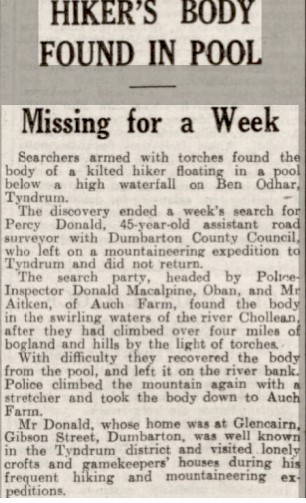
Donald’s Tables are set out in a similar way to Munro’s Tables with summits classified as Donalds or Donald Tops and lists 141 summits, 89 Donalds and 52 Donald Tops.
Donald developed a cumbersome and complex formula to distinguish between which summits he classified as Hills and those he considered Tops.
Donalds formula: Tops are all elevations with a drop of 100ft/30.48m on all sides and elevations of sufficient topographical merit with a drop of between 100ft/30.48m and 50ft/15.24m on all sides. Grouping of Tops into Hills, except where inapplicable on topographical grounds, is on the basis that Tops are no more than 17 units from the main top of the hill to which they belong; where a unit is either one twelfth of a mile measured along the connecting ridge or on 50ft contour between the lower Top and its connecting col.
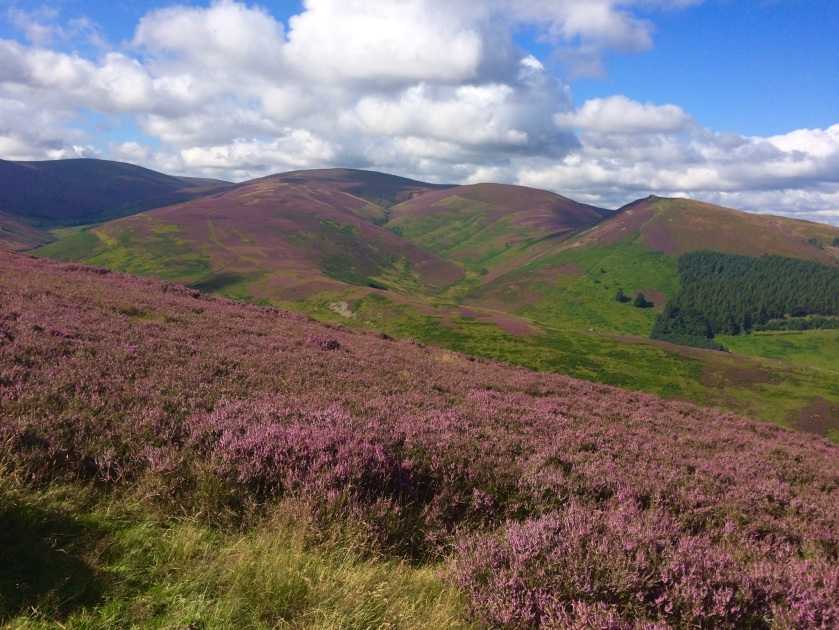

Donalds Tables are seen as a complete entity and since 2018 people climbing a round of Donalds must climb all 141 hills on the list.
Furths
The Furths are the 3000ft/914.4m mountains in the British Isles ‘furth’ of (further of, or outside) Scotland.
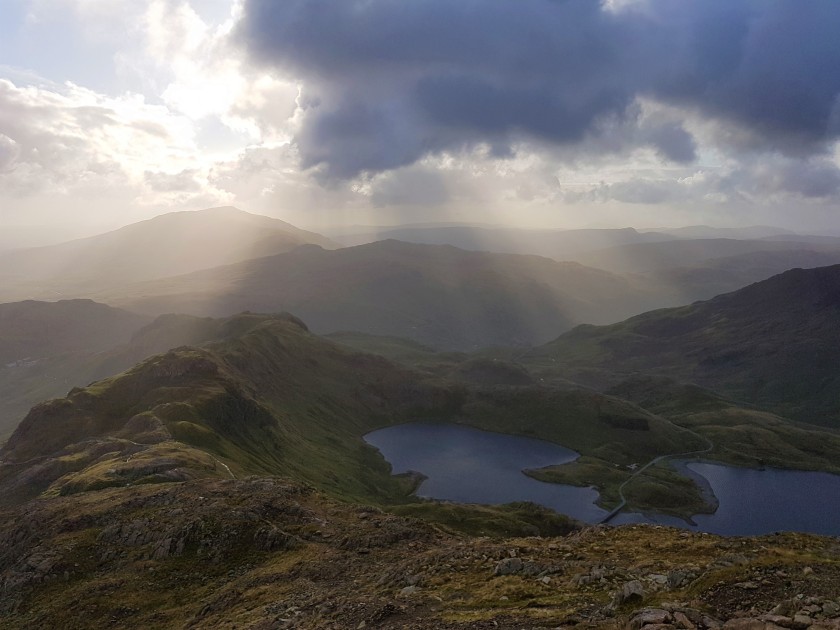
The first list of Furths was published by James A. Parker in the SMC Journal in 1929. Parker called the hills ‘The British Threes’ and listed 4 English, 12 Welsh and 7 Irish hills in his list.
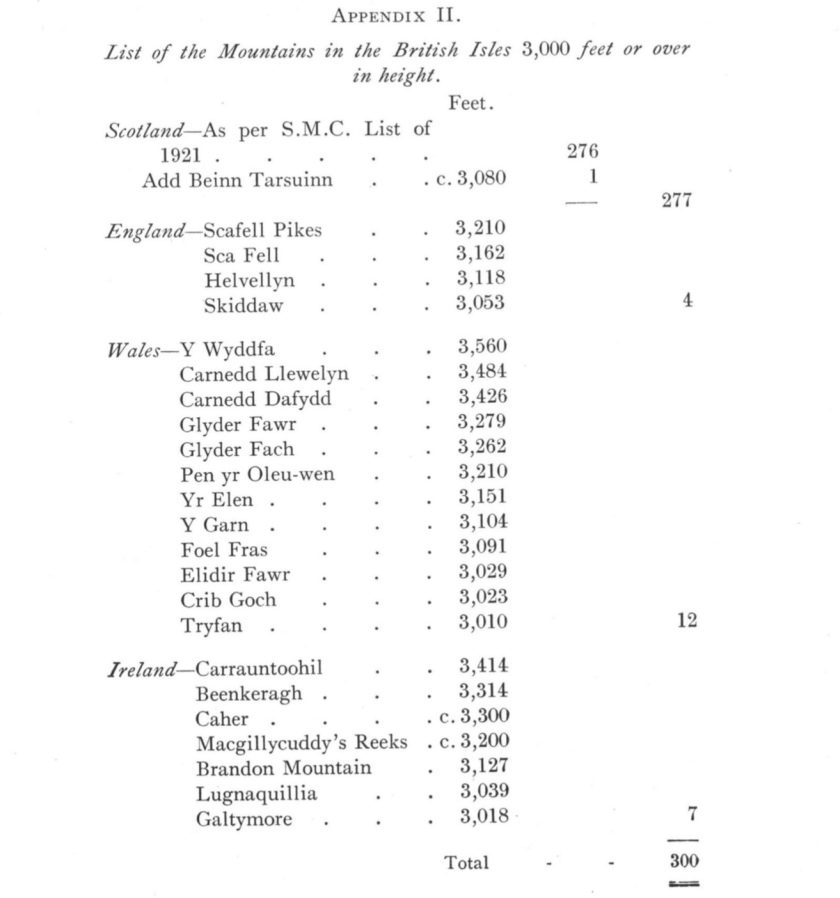
The term Furth was first used by Eric Maxwell in the Grampian Club Bulletin in his article ‘Furth of Scotland’, published in 1959. Maxwell persuaded his son David to produce the first formal listing of the Furths and his ‘Tables giving all the 3000ft Mountains of England, Wales and Ireland’ were published privately in 1959. Maxwell’s list contained 11 Irish, 7 English and 14 Welsh summits.
The first recorded Furthist was J.A Parker who completed the Munros in 1927 followed by the Furths in 1929.
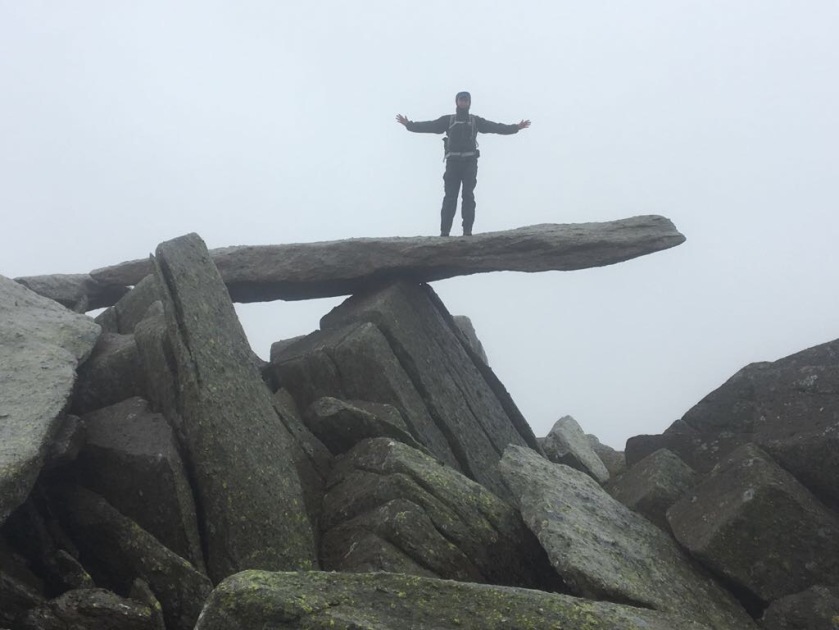
The Furths list is maintained by the Scottish Mountaineering Club and now contains 34 summits; 6 in England, 15 in Wales and 13 in Ireland.
Full House
A Full House is the term used by the Scottish Mountaineering Club for completing rounds of the Munros, Munro Tops, Corbetts, Grahams, Donalds and Furths.
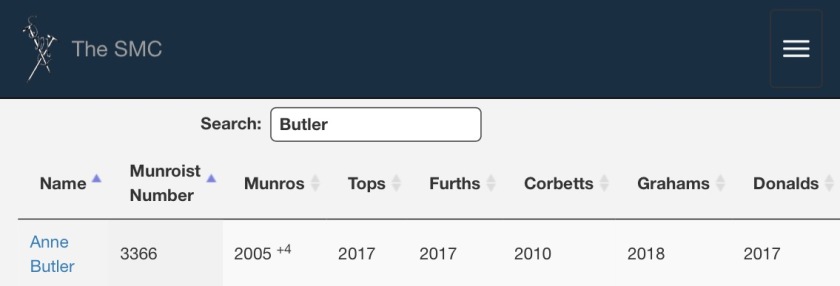
Marilyns
A Marilyn is a hill of any height with a drop (relative height or prominence) of 150m on all sides, regardless of distance, absolute height or topographical merit.
The list of Marilyns within Britain and Isle of Man was compiled by Alan Dawson and was published in the book ‘Relative Hills of Britain’ in 1992.
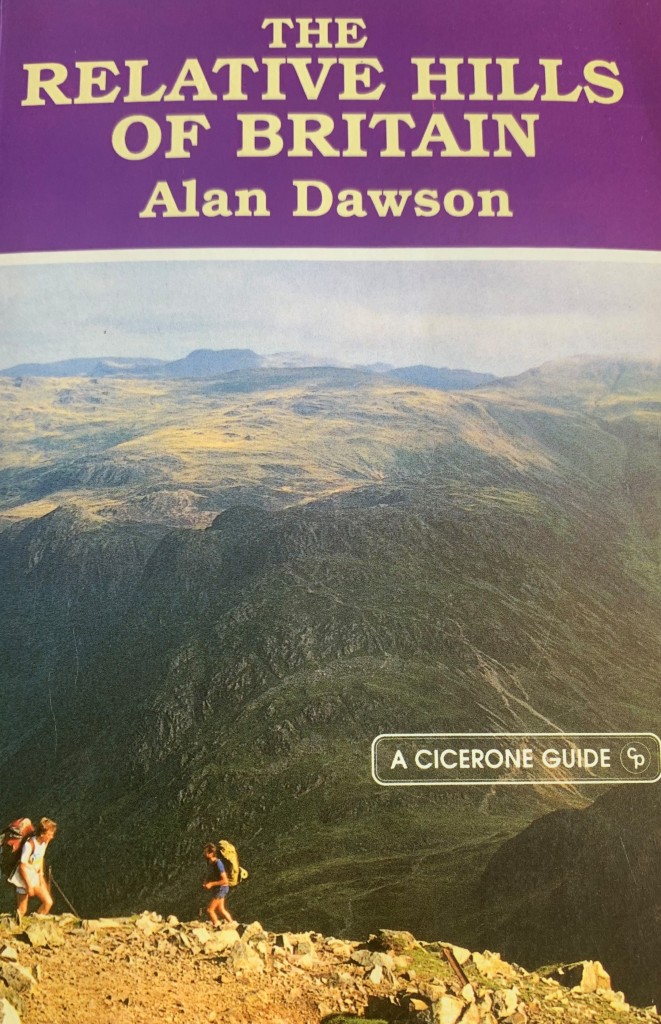
Alan Dawson set out to compile a list of all summits in Great Britain, regardless of elevation, with the sole criterion for inclusion being a drop of 150m/500ft on all sides and created a metric, prominence based list. Dawson believed that in Great Britain a drop of 150m/550ft was proportionate to the size of the hills and ‘felt right’. He appreciated the precise definition of Corbett’s list more than the vagueness of the Munros and Tops, so he used a similar definition for relative height to that used by Corbett.
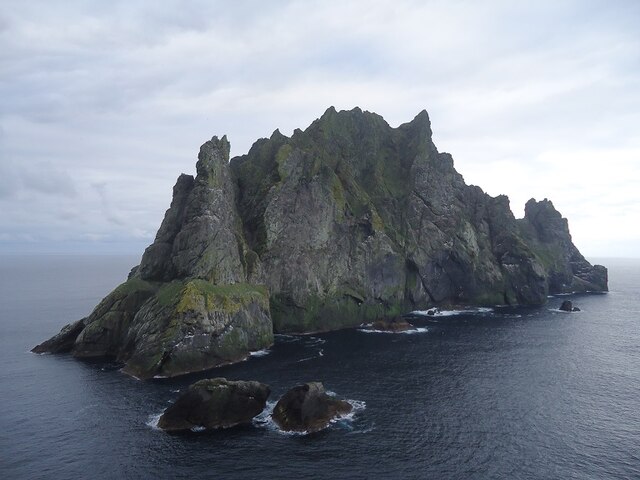
The list of Marilyns is maintained by Alan Dawson and there are currently 1556 hills on the list. The list contains all the Corbetts and Grahams plus 202 Munros, therefore, as almost 50% of Marilyns are over 2000ft/609.6m, they should not be regarded as lower hills.
Eleven people are known to have climbed all the Marilyns on the official list. Rob Woodall became the first person to complete the Marilyns when he climbed the remote sea stacks of Stac an Armin and Stac Lee on St. Kilda in 2014, followed the same day by Eddie Dealtry.
Simms
A Simm is a ‘Six-hundred Metre Mountain’ in the Britain. To qualify as a Simm a hill must be over 600m in height with a drop of at least 30m on all sides.
The list was introduced by Alan Dawson in 2010 as a means to consolidate several other relative hill lists which he regarded as complicated and outdated (Murdos, Hewitts, Corbett Tops and Graham Tops).
The list is maintained by Alan Dawson and contains a total of 2530 hills.
HuMPs
A HuMP is a Hundred Metre Prominence, a hill of any height within Britain, the Isle of Man and the Channel Islands with a drop of at least 100m on all sides.
The concept of HuMPs had been around for 20 years before Mark Jackson produced the official list of HuMPs in 2007. Compiling the list was a considerable undertaking as Jackson identified new summits and amalgamated existing lists of hills which fulfilled the 100m drop criterion.
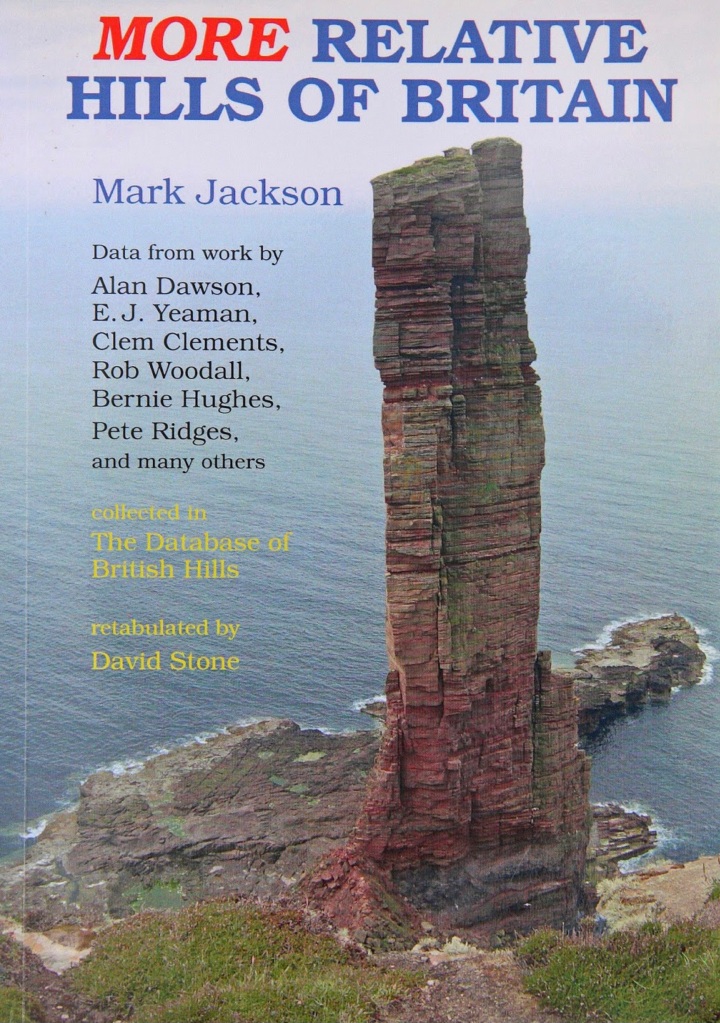
There are currently 2982 hills on the HuMPs list, including the sea stack known as the Old Man of Hoy. By the end of 2020, only two people had climbed all the Humps: Rob Woodall and Alan Whatley.
TuMPs
A TuMP is a Thirty and Upward Metre Prominence, a hill of any height in Britain with 30m of drop on all sides. The current list includes over 17,000 hills and now represents the greatest challenge for the hillwalker. The list was devised by Mark Jackson in 2009 following three years of research, drawing on the work of many others, including Clem Clements, Myrddyn Phillips, Alan Dawson, Eric Yeaman and Rob Woodall. The list is still being revised as more accurate data becomes available and new hills are created, following the restoration and revegetation of large waste tips in former mining areas. Numerous Tumps are sea stacks that are almost impossible to land on and climb, and it is quite possible that some will never be climbed. Public access to certain Tumps is forbidden for reasons of national security or their location on private property.
Wainwrights
Regional lists cover hills in a specific area, many of these are personal or arbitrary listings and are not topographically defined. By far the most popular of the regional lists is the Wainwrights of the Lake District.
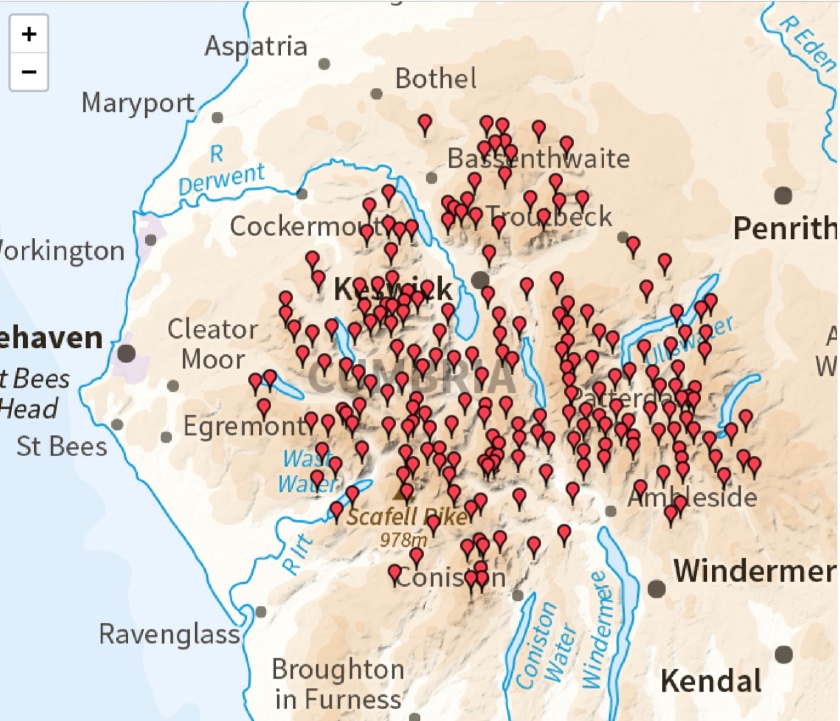
These summits were never intended by the author to be a hill list, but the 214 hills described in Wainwright’s books have become regarded as a list by generations of hillwalkers.
Nuttalls
Nuttalls are hills in England and in Wales over 2000ft with a relative height of at least 50ft/15m. The list was compiled and published by John and Anne Nuttall, and is still being refined following extensive research work by their son Joe Nuttall, as well as surveying work by Myrddyn Phillips and G&J Surveys. There are currently 443 Nuttalls and numerous people have completed the list as the Nuttalls are an ideal target for hillwalkers living in England or Wales.
Despite not having a list named after them, two people stand out in the categorisation of hills but remain relatively unnoticed.
William McKnight Docharty
In 1954 Docharty published a list of all the hills between 2,500ft and 3,000ft in Great Britain. His list, titled ‘A Selection of some 900 British and Irish Mountain Tops’ was privately published and still remains relatively obscure even to this day. The list was subclassified into ‘Independent Mountains’ and ‘Tops’ and also included a list of the 3,000ft hills in England, Wales and Ireland.
A second volume included 1,022 hills between 2,00ft and 2,500ft was published in 1962. This list includes the hills now known as Grahams and Donalds. Being privately published and mainly given to his close friends, Docharty’s work is not widely available and does not have the notoriety or influence that it deserves.
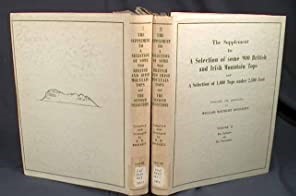
After recovering from injuries received in World War One, Docharty rediscovered an interest in the hills of home and began to explore his native Scotland. After completing the Munros and Tops in 1948 he began compiling a list of 2500ft/762m hills in Scotland. Over a period of 30 years, he visited all the summits on his lists and documented the climbs within each volume. The list contained over 900 hills, including what we now know as Corbetts and all the 3000ft/914.4.m hills in England, Wales and Ireland. Docharty did not drive and relied on friends, bicycle or public transport to travel to and from the hills.
Professor Matthew Forster Heddle
Prof. Heddle, one of Scotland’s leading mineralogists, spent 50 years exploring the Highlands and Islands of Scotland to determine the location of every mineral in the country. During his work Heddle developed a consummate knowledge of the hills and landscapes of the Highlands. By 1891, seven months before Sir Hugh Munro published his list, Heddle announced to the St. Andrews Philosophical Society that there were 409 mountains in Scotland above 3000ft (which he called 3000ers) and he had already managed to climb 350 of them. After Heddle’s death in 1897, Munro wrote that ‘there can be little doubt that Prof. Heddle had climbed far more Scottish mountains than any man who has yet lived’.
Heddle was responsible for naming Ben Loyal the ‘Queen of Scottish mountains’ and one the tops on its castellated summit ridge is known as Heddle’s Peak.
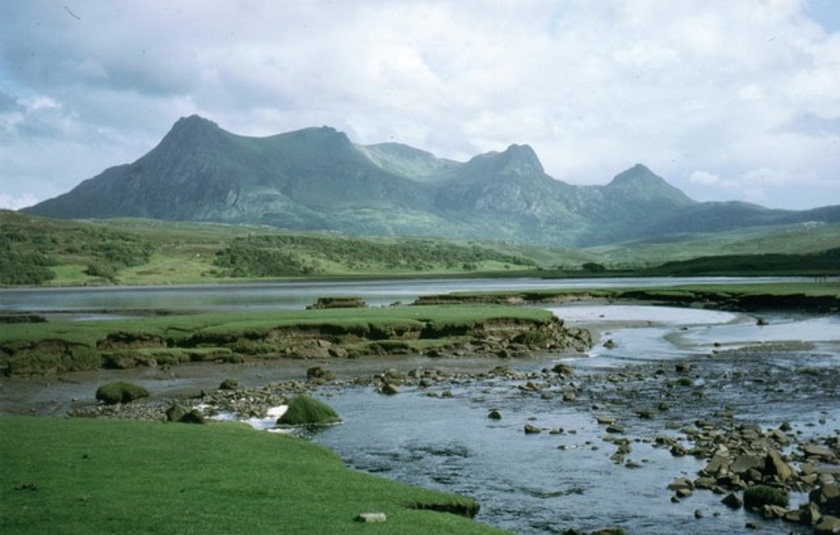
Heddle did not publish his list but was busy compiling it even before Sir Hugh Munro was born. As a young man Munro met and admired Heddle, who later provided him with some aneroid measurements for his Tables. It is probable that Heddle passed his list on to Munro to help with the compilation of his list.
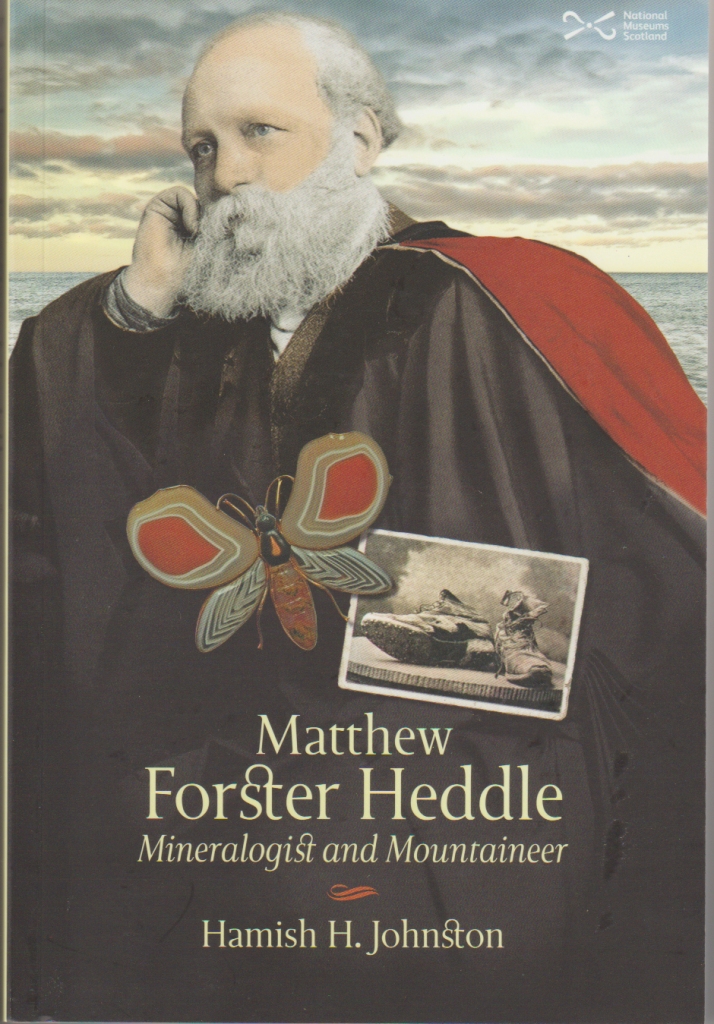
Unfortunately Heddle’s list is lost, but if Heddle had completed his list before Munro, we would all be busy Heddle bagging an would have become Heddleists rather than Munroists.
So, if all these lists aren’t enough to keep even the most obsessive bagger busy there are plenty of other lists; Dodds, Highland Fives, Hewitts, Nuttalls, Wainwrights, Birketts, County Tops, Dillons, Arderins, SiBs and Synges.
And if you want to go overseas there are Ultras (summits with a prominence of over 1500m). So many lists, so little time.
Details of all hill lists and summit grid references can be found at www.hills-database.co.uk
